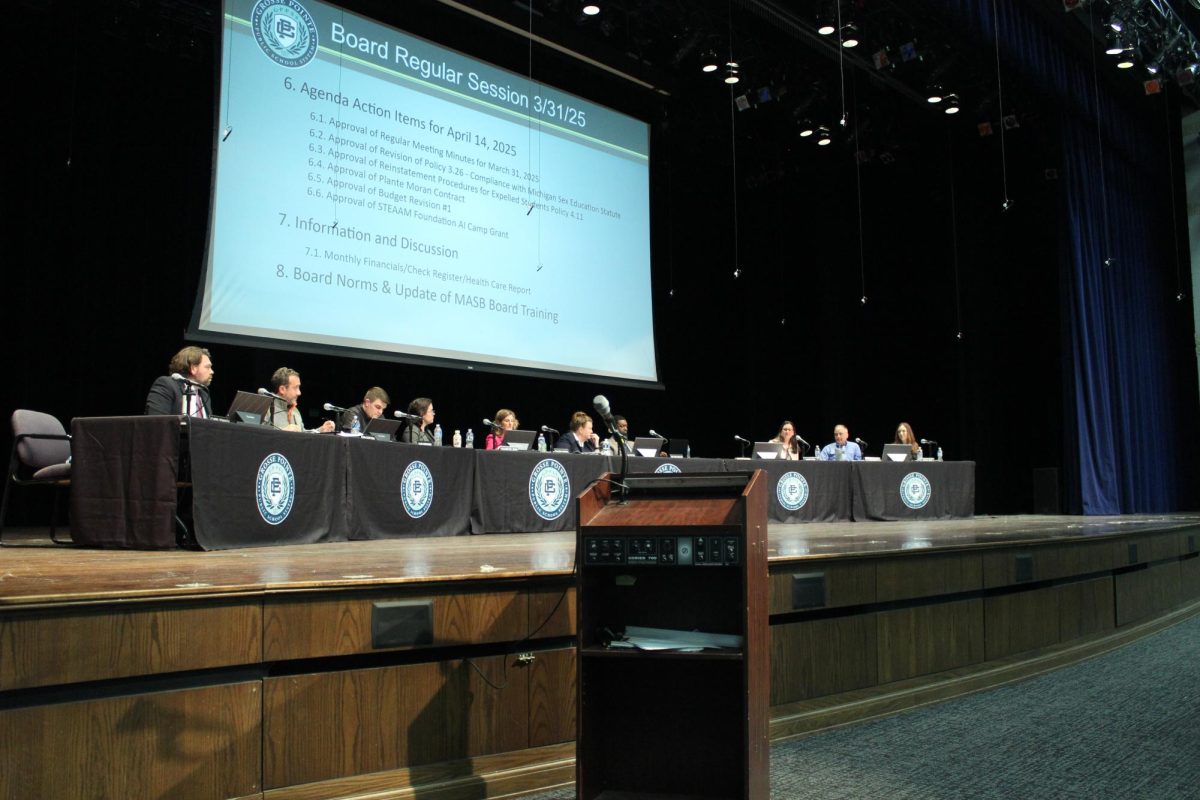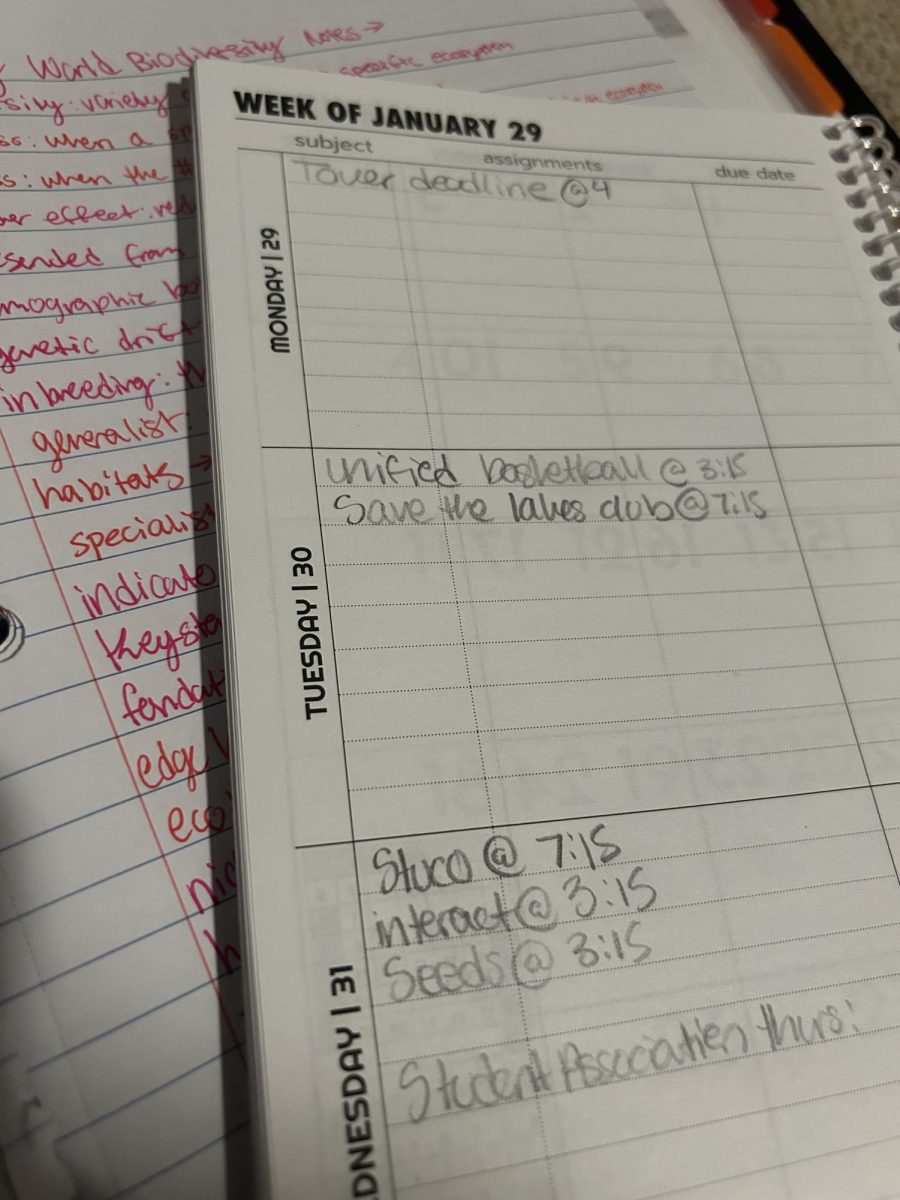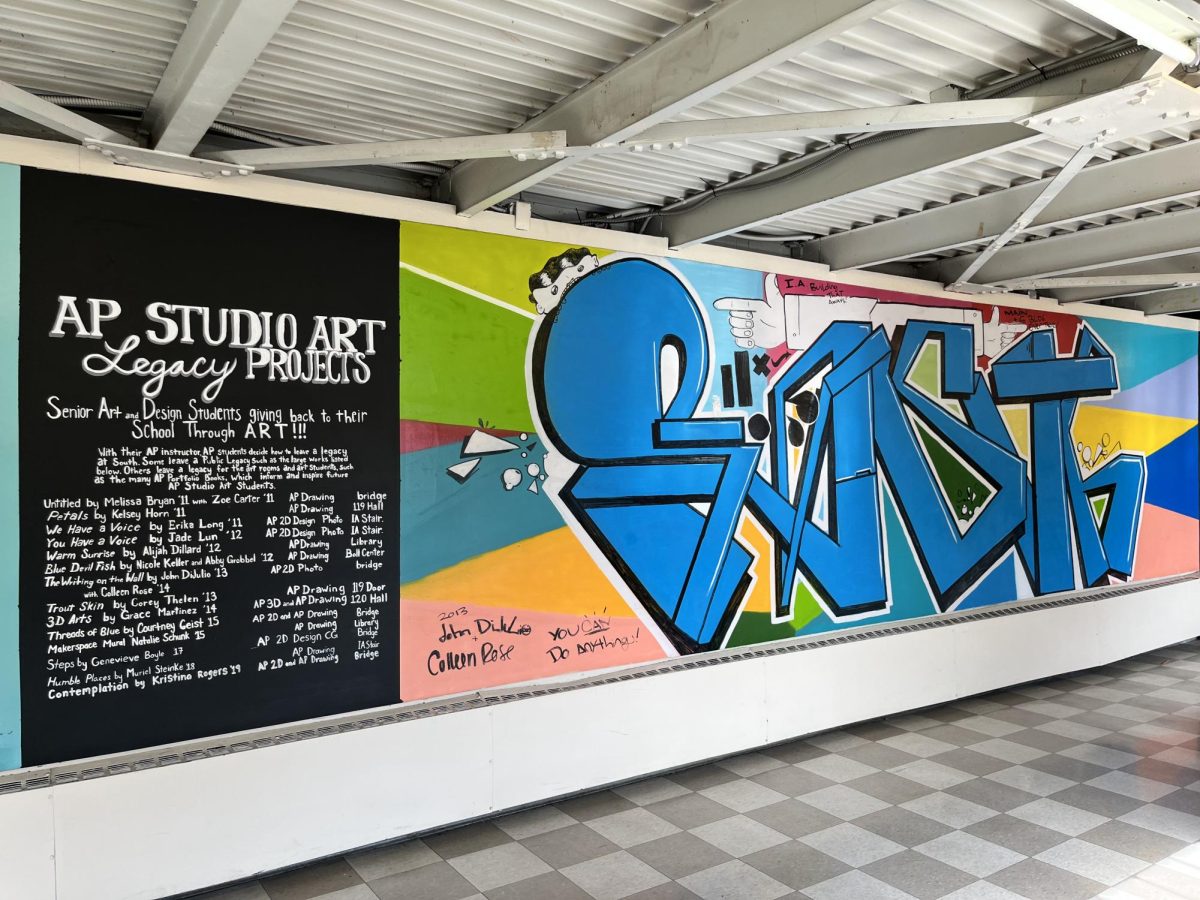With a large student involvement in sports and clubs, most students meet outside school hours for their activities. While this allows for time for all programs to meet, for some students it can create a large challenge, struggling to find time to meet with all the groups they are interested in.
For some clubs, such as those directed towards students’ special interests, they have more than enough time for discussions. The same can’t be said for groups influencing the student body, such as Student Association or South Class Councils. According to English teacher Shannon Sugamele, more time during the day could be a great resource.
“These are groups that are asked to produce a product and meet expectations, but are not provided ample time to do so,” Sugamele said. “These are also programs that run as classes in most districts due to the sheer amount of work that goes into them.”
With more time to participate in these groups comes more students and engagement, which is what all of these clubs are actively looking for.
“Whenever you offer students time to do something, participation will increase,” Sugamele said. “For example, with class council, students oftentimes can’t participate due to other extracurricular commitments after school. If there was a class designated for class council, the number of students involved would increase because they would have time to be involved. This would also likely increase attendance at class council sponsored events because more students would contribute to making the event happen, encourage more people to go, etc.”
This is not only seen from an educator point of view, as many South students, such as Julia White ’25, team manager of Unified Basketball, agree with this standpoint.
“I think that more time given to clubs could greatly benefit them,” White said. “It could allow for more time to plan events and talk about issues.”
For many of these clubs, more time is desperately needed, especially around homecoming season. According to Urania Meyers ’25, an avid member of Student Association, the two student government clubs in particular could use the extra resources.
“Clubs that are a bigger part of the school community and environment should definitely be considered to be added to the classes list,” Meyers said. “Other special interests clubs have a sufficient amount of time to meet and discuss their activities.”
Time is of the essence, especially for student body-run groups, and during the busy seasons, commitment can be key. Many groups have tried to implement in-school time for activities, such as Lady Blue Devils, but it’s not an easy process and as a result most groups do not attempt.
“Sadly, it’s not practical for every club to meet during school hours,” Sugamele said. “But if a club can advocate how meeting during the school day could be beneficial for the student body or the overall school culture, then there is definitely a strong argument present.”












































































